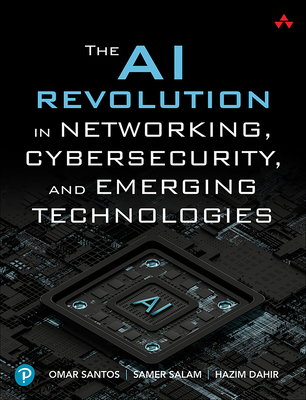
Beehner, Lionel
product information
description
4This book explores contemporary civil-military relations in the United States. Much of the canonical literature on civil-military relations was either written during or references the Cold War, while other major research focuses on the post-Cold War era, or the first decade of the twenty-first century. A great deal has changed since then. This book considers the implications for civil-military relations of many of these changes. Specifically, it focuses on factors such as breakdowns in democratic and civil-military norms and conventions; intensifying partisanship and deepening political divisions in American society; as well as new technology and the evolving character of armed conflict. Chapters are organized around the principal actors in civil-military relations, and the book includes sections on the military, civilian leadership, and the public. It explores the roles and obligations of each. The book also examines how changes in contemporary armed conflict influence civil-military relations. Chapters in this section examine the cyber domain, grey zone operations, asymmetric warfare and emerging technology. The book thus brings the study of civil-military relations into the contemporary era, in which new geopolitical realities and the changing character of armed conflict combine with domestic political tensions to test, if not potentially redefine, those relations.
member goods
No member items were found under this heading.
listens & views

VIOLIN CONCERTO / SYMPHONY 4
by NIELSEN / TELLEFSEN / MENUHIN / RPO
COMPACT DISCout of stock
$17.25

FIVE YEARS OF CARGO EDITION ...
by FIVE YEARS OF CARGO EDITION / VARIOUS
VINYL LPout of stock
$19.99
Return Policy
All sales are final
Shipping
No special shipping considerations available.
Shipping fees determined at checkout.





